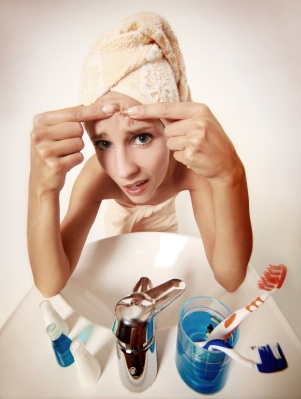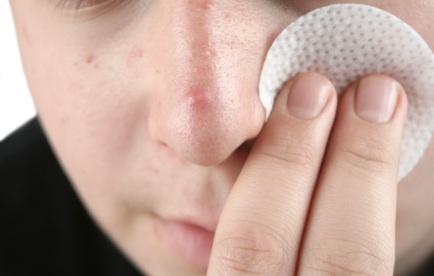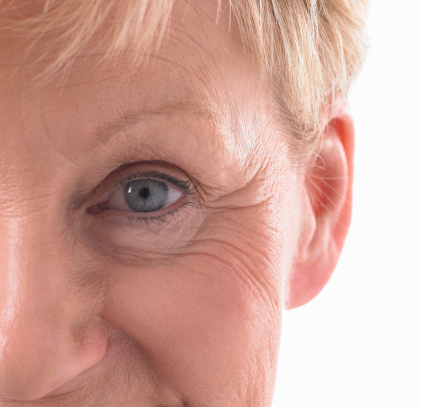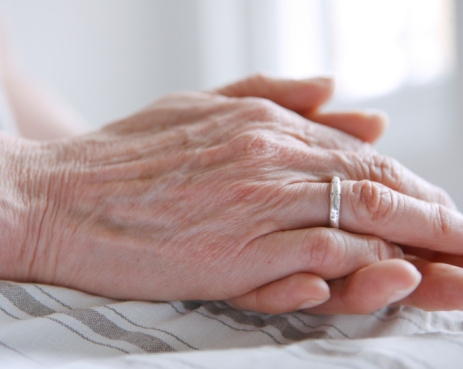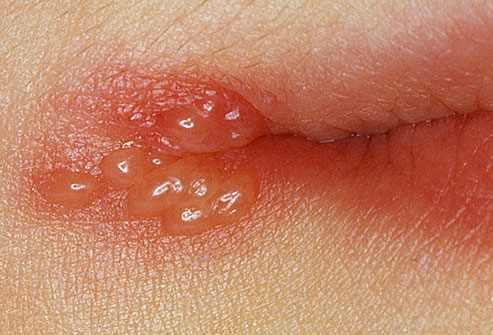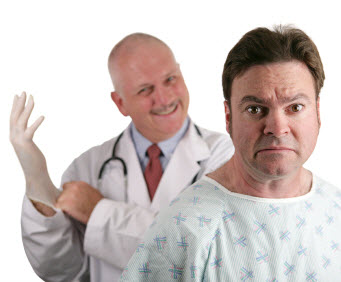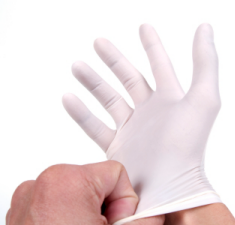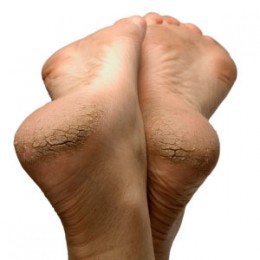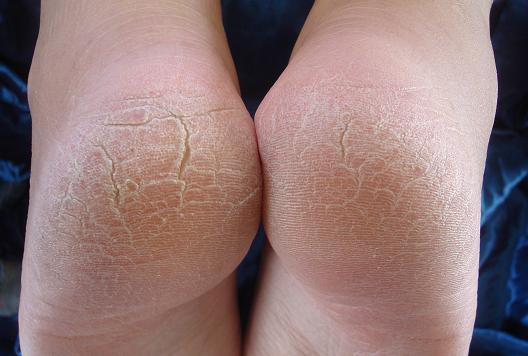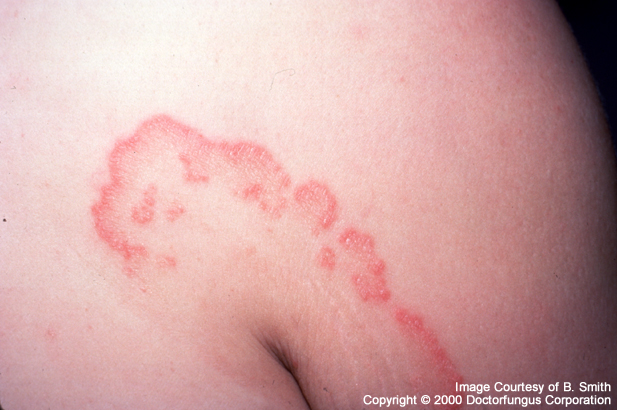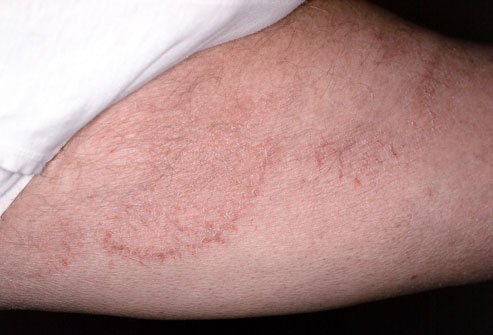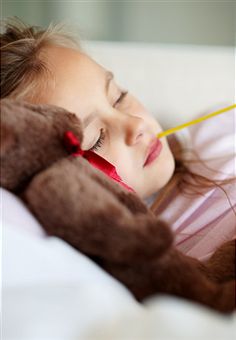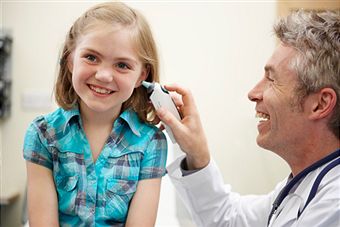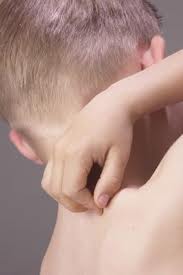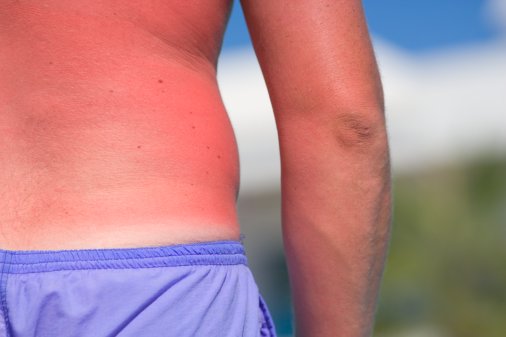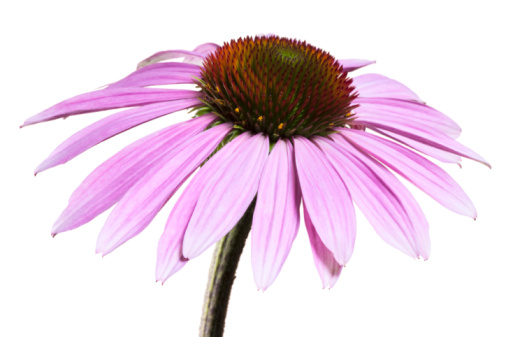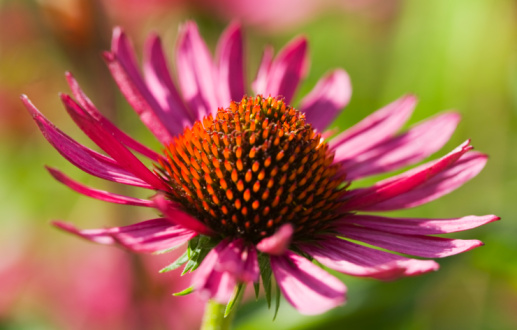High Blood Pressure Remedies
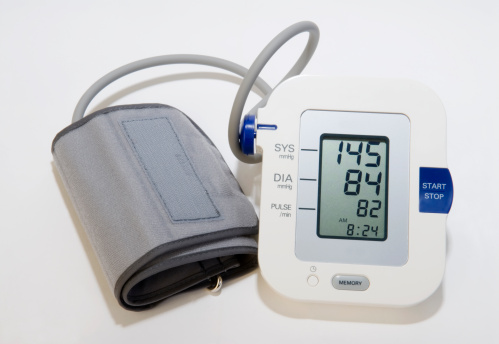
Hypertension, or high blood pressure, is a cardiovascular disease characterized by abnormally high blood pressure. Blood pressure is the force of the blood against the walls of blood vessels in the body.
Maintaining a healthy blood pressure is essential to prevent cardiovascular diseases like heart attack or stroke, as well as kidney failure.
Hypertension can be classified either as primary hypertension or secondary hypertension.
Primary hypertension, often called essential hypertension, is diagnosed when there is no discernible cause for the elevation in blood pressure. On the other hand, secondary hypertension is a side effect of an underlying condition such as kidney disease.
Causes and Risk Factors
The causes of primary hypertension are largely unknown, but research has shown that it is linked with poor lifestyle choices and bad habits. These include smoking, diabetes, being overweight, lack of physical activity, genetics, Vitamin D deficiency, electrolyte imbalance, stress, using medications like birth control pills, race, gender, and chronic alcohol abuse.
Primary hypertension accounts for 90-95% of all cases of hypertension. Secondary hypertension is defined as high blood pressure caused by an underlying disease. For secondary hypertension, the most common cause is kidney disease. The renal system and blood pressure are closely linked. For people with kidney disease, their kidneys do not remove fluid from the body efficiently or in the case of kidney failure at all.
How it Works
The kidneys are responsible for maintaining blood volume and fluid balance in the body. When the kidneys fail, the ability to excrete fluid is lost, thus causing the body to retain water. This can cause swelling in the extremities, but also, the increased amount of fluid in the body can also cause high blood pressure. This can be thought of like a balloon that is filled with water.
As more and more water is pumped in, the balloon expands and the pressure increases with nowhere for the water to go. So too does the blood pressure when the kidneys fail. The kidneys are also responsible for releasing enzymes which control vascular constriction i.e. the narrowing or expansion of blood vessels.
Another cause of secondary hypertension is Cushing’s disease. Cushing’s disease is a condition where the adrenal glands, located on top of the kidneys, produce too much cortisol, which raises blood pressure.
Congenital conditions such as abnormally narrow major arteries may also play a role in the development of secondary hypertension.
Symptoms
Hypertension can be an insidious disease in that there are no apparent symptoms until the blood pressure is dangerously high. Many people do not know that they have high blood pressure or that they have had it for years.
Chronic hypertension has been linked to increased risk of cardiovascular events like stroke and heart attacks. Also, chronic hypertension is a primary contributor to kidney disease. As pressure increases, tiny, delicate capillaries, responsible for filtering the blood of toxins, are damaged and cease to function. As kidney disease can also cause hypertension, a dangerous and damaging loop begins.
Although mildly to moderately elevated blood pressure does not generally have any symptoms, severe elevations in blood pressure can cause the following symptoms to manifest themselves: extreme headache, blurry vision, dizziness, confusion, chest pain, vomiting, shortness of breath, pounding chest, irregular heart beat, and bloody urine.
If any of these symptoms occur, a medical care should be sought immediately, as they could cause organ damage, stroke, or heart attack.
Tests and Diagnosis
High blood pressure is diagnosed by taking a blood pressure reading with an instrument called a sphygmomanometer. Sphygmomanometer measure two readings of the blood pressure. The results of a blood pressure reading are given as a fraction. For example, a reading of 120/80 would be read as “one twenty over eighty.”
What do those two numbers mean? The first number, sometimes called the top number, since it’s on the top of the fraction, is the systolic blood pressure. Systolic blood pressure measures the maximum blood pressure in the blood vessels, which occurs when the heart contracts and pumps out blood. The second number, often called the bottom number, is a measure of the minimum blood pressure in the vascular system. This occurs when the heart is between contractions.
Measuring Results
Measuring blood pressure in a patient is quick and painless. Blood pressure monitors can be either manual or digital and can be done at a doctor’s office or at home. It is important to note that one elevated blood pressure reading does not indicate that one necessarily suffers from high blood pressure. Blood pressure is not a constant number.
Instead, it fluctuates throughout the day, depending on a person’s physical activity, time of day, and body position. For this reason, it is important for people with hypertension to take their blood pressure readings regularly, several times of they day at the same time every day. Only then can an accurate average pressure be found. which can lead to the diagnosis of hypertension.
Interpreting Blood Pressure Readings
For an average adult over the age of 20, the blood pressure should not be more than 120/80. That is, the systolic pressure should not be over 120 and the diastolic pressure should not be over 80.
Prehypertension is defined as slightly elevated blood pressure with systolic pressure of 120-139 and/or diastolic pressure between 80 and 89.
Stage 1 Hypertension is defined as having a systolic reading beteween 140 and 159 and/or diastolic pressure between 90 and 99.
Stage 2 Hypertension is defined as having a systolic pressure greater than 160 and/or a diastolic pressure above 100.
Beyond state 2 hypertension are medical emergencies called hypertensive urgency and hypertensive crisis. A hypertensive urgency is a medical emergency where the systolic pressure is greater than 180 and/or the diastolic pressure is greater than 120. The same criteria are required for a hypertensive crisis, but in a hypertensive crisis, end organ damage is presently occurring.
Immediate treatment is needed to stop organ damage in a hypertensive crisis. If suffering from any of the symptoms of extremely high blood pressure, a person should go to the emergency room immediately, before long term damage occurs.
Treatment Options
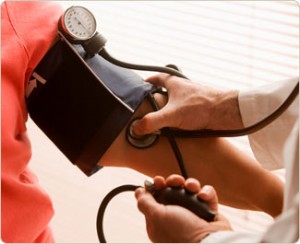
A antihypertensive medications make up a large segment of the pharmaceutical industry. There are a number of drugs that can help to reduce blood pressure. Natural remedies also exist that may assist in controlling hypertension.
Diuretics
The first line of defense against elevated blood pressure are diuretics. Diuretics are medications that increase urine production in an effort to reduce fluid volume.
Elevated fluid levels in the body can cause increases in blood pressure. Two important classes of diuretics exist that can reduce blood pressure — loop diuretics and thiazide diuretics.
Loop diuretics work by blocking the absorption of sodium in a system of the kidney. Sodium can cause the body to retain water which can be reabsorbed into the body, elevating blood pressure. Loop diuretics are very effective in controlling blood plasma volume and lowering potassium levels. High levels of potassium in the blood, hyperkalemia, can cause deadly arrhythmias.
Another class of diuretics are thiazide diuretics. Thiazide diuretics effect certain cells in the kidneys that causes interference in sodium and water transport in the body. They can also dilate blood vessels which lowers pressure. Thiazide diuretics do not remove potassium effectively and have less impact on urine output than loop diuretics.
Diuretics are a class of drugs that have been around for many decades. They provide adequate blood pressure control in most patients and are very inexpensive, thus making them one of the first choices for physicians.
ACE Inhibitors and ARBs
Hormones produced by the kidneys play an important role in the regulation of blood pressure. The renin-angiotensin-aldosterone (RAA) is the system of hormones and mechanisms that is responsible for this. Renin is a hormone produced by the kidneys when the body detects low blood pressure. Renin then instructs the body to rpoduce a protein called Angiotensin I.
Angiotensin I is then converted into Angiotensin II which constricts blood vessels, increasing blood pressure. The conversion of Angiotensin I to Angiotensin II also causes the adrenal glands to secrete another hormone called aldosterone, which can raise the blood pressure.
ACE Inhibitors
Angiotensin converting enzyme inhibitors (ACE inhibitors) and Angiotensin II receptor blockers (ARB) are two powerful drugs used to treat high blood pressure by interrupting the RAA cycle. ACE inhibitors prevent Angiotensin I from being converted into Angiotensin 2, the powerful vascular constricting protein.
By blocking the constriction of blood vessels, the veins and arteries remain wide open, causing the blood pressure to lower. ARBs work in a similar manner to ACE inhibitors, except they keep the body from responding to Angiotensin II. The arteries and veins are prevented from constricting, thus lowering blood pressure.
Both ACE Inhibitors and ARBs are powerful drugs that can lower blood pressure significantly. ACE inhibitors can have the side effect of causing dry coughs in some patients. Most ACE inhibitors are available in generic brands and are inexpensive.
ARBs, on the other hand are newer drugs, many of which still have active patents, and are therefore significantly higher in cost. ACE inhibitors and ARBs should not be used in patients with severe kidney damage or in patients with renal artery stenosis, because they may cause acute renal failure.
Beta Blockers
Beta blockers are common medications used to treat hypertension. They work by slowing down the heart and reducing the amount of work that the organ has to do in order to pump blood throughout the body. Because the heart has to work less, blood pressure can be reduced.
Typical side effects of beta blockers include dizziness, sexual dysfunction, fatigue, drowsiness, sensitivity to cold, slow heart rate, breathing problems, depression, and edema. Prices vary tremendously, depending on the brand on beta blocker.
Calcium Channel Blockers
Calcium channel blockers (CCB)work by blocking the absorption of calcium by the heart which slows down the contracting force of the heart, lowering blood pressure.
Many studies have shown that calcium channel blockers may not be as effective as ACE inhibitors, ARBs, or diuretics, however for patients who have problems with other drugs, calcium channel blockers may prove useful.
Side effects of CCBs include constipation, headache, fast heart beat, rash, drowsiness, nausea, and swelling. Like beta blockers, the price of CCBs varies with brand.
Other Medications
Direct Acting Vasodilators work by dilating the blood vessels, lowering blood pressure. Centrally acting agents work on the central nervous system to control blood pressure. These medications are often used in emergency situations to control hypertensive urgencies or emergencies and work very quickly.
Natural Treatments
Because primary hypertension is thought to be caused in most cases by lifestyle and personal habits, many natural treatments are available to help control blood pressure. Dietary changes, exercise, and meditation may help to control pressure.
Diet
One of the most significant changes in diet a person can make to reduce blood pressure is to cut back on sodium consumption. Sodium has a dual role in elevating blood pressure. First, sodium causes people to be thirsty and drink more water. Next, sodium causes water retention. Excess fluid in the body causes blood pressure to rise.
By avoiding salt when cooking and by passing up on processed foods, many people can see a reduction in blood pressure from this change alone. Also, potassium has been shown to have blood pressure lowering effects. Potassium rich foods like bananas and avocados can help people with blood pressure problems.
Caution should be taken when it comes to eating grapefruits. Grapefruits contain an enzyme which interferes with some medications like calcium channel blockers. Also, reducing the amount of fatty foods and foods high in cholesterol may help in maintaining blood pressure. These fatty foods cause plaque to build up on the walls of arteries, narrowing them and causing blood pressure to rise.
Exercise
A sedentary, inactive lifestyle has been associated with being one of the risk factors for developing high blood pressure. Getting at least 30 minutes of exercise per day can reduce blood pressure by helping a person lose weight and reduce stress. Exercise can also strengthen the heart, allowing it to work more efficiently, which reduces its workload and decreases blood pressure.
Yoga is also effective in reducing stress levels and increasing strength, which may play a role in the control of blood pressure.
Supplements and Herbs
Many studies have advocated the use of Coenzyme Q10 (CoQ10) for reducing blood pressure. CoQ10 can be taken in doses up to 200 mg daily. Side effects include diarrhea, rash and lowering of blood glucose levels.
Hawthorn is an herb that acts as a vasodilator, improving blood flow and reducing blood pressure. Hawthorn also has mild diuretic effects as well, which may help in reducing fluid in a person with hypertension.
Hawthorn may be take in increments of 300 mg 3 times per day. Rauwolfia is an root used in traditional Indian medicine. It works by acting on the sympathetic nervous system to reduce blood pressure. Rauwolfia should not be used by pregnant women or women who may become pregnant and may also have adverse effects on people with gastrointestinal problems.
Surgical Options
Until very recently, surgical options were not available to treat hypertension. However, experiments have been done that show very promising results in the surgical treatment of high blood pressure. A device has been approved in Europe which consists of a small implant placed around the collar bone. It produces electrical pulses, which can tell the body’s blood pressure monitoring system that the pressure is too high. The brain then instructs the body to release hormones that can lower blood pressure.
Another surgery called renal sympathetic nerve ablation is a procedure in which nerves near the kidneys that are responsible for maintaining the RAA system are cauterized. This procedure is still in clinical trials in the United States and Europe.
Prevention
Hypertension is not always preventable, but never the less, some things can be done to minimize its effects or to delay its onset. First of all, it is important to maintain a healthy weight. Being thin reduces the amount of work the heart has to do and also the pressure on the artery walls. Losing weight may also prevent diabetes and blocked arteries.
Quitting smoking can also help to prevent hypertension. Studies have shown that stress may be a major contributor to hypertension. Reducing stress can help to control blood pressure. Stress can be reduced through making sure that an adequate amount of sleep is had and through meditation and relaxation. Finally, going for an annual check up can help to detect hypertension early, when it is easiest to control.
Patients with a family history of hypertension should be especially careful and take their blood pressure regularly in order to detect any anomalies as soon as possible.
Conclusion
Hypertension is a serious problem that afflicts millions of people throughout the world. Left unchecked, high blood pressure can cause serious problems like stroke, heart attack, and kidney failure. However, by carefully monitoring their blood pressure and getting regular check ups, most people can maintain adequate control over their blood pressure, thus lowering their risks of having a major complication.
While hypertension may not be preventable, several lifestyle changes can be made to delay its onset or prevent it all together.

